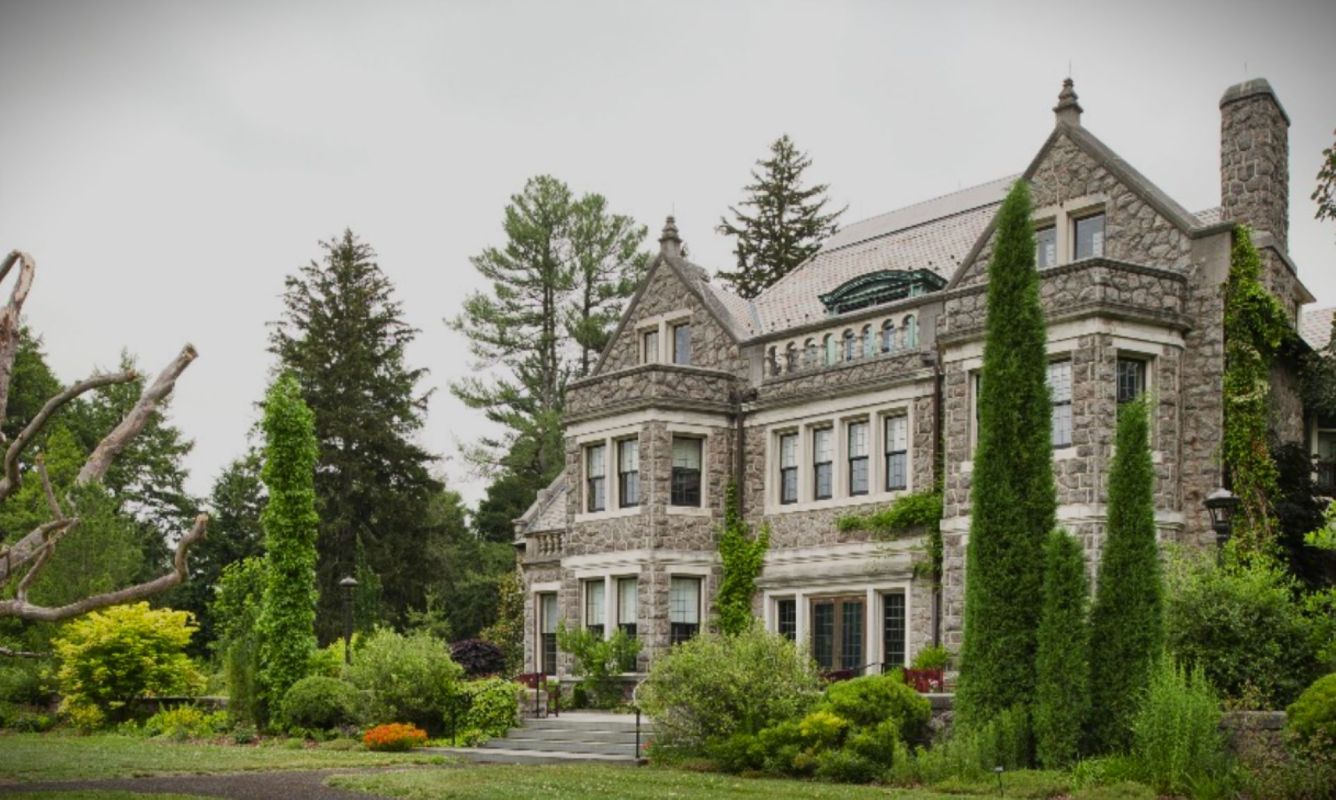Ethan Kauffman has spent the last seven years shaping Stoneleigh, a new public garden created on a historic Philadelphia Main Line estate, the New York Times reported.
Traditionally, these sprawling multi-acre estates have held carefully tended gardens that add beauty and dignity to the house itself. However, these landscaping designs are also full of invasive species like pachysandra, Chinese wisteria, and Chinese privet, the Times explained.
Invasive species are living things that do so well in a new environment that they grow and multiply out of control, upsetting the natural balance of the area.
To avoid that kind of damage, support wildlife and pollinators, and make a garden easier to maintain, more and more people are switching to native plants that have adapted to the local climate.
That's what Kauffman and his small team of six wanted to do with Stoneleigh — but they still needed to maintain the elegant appearance of a well-kept estate, the Times said. They also needed to deal with the existing landscaping, which included invasive plants and had gone without anything more than basic maintenance for four years.
To achieve all of that, Kauffman got creative. "I just look at plants and I think, 'What are the possibilities?'" he told the Times.
Kauffman and his team used native plants from Pennsylvania but trained and pruned them in nontraditional ways to get a purposeful and beautiful look without introducing invasive species, the Times reported.
For example, the team "espaliered" Eastern redbud and box elder on the walls of the mansion, the Times said. This is a technique in which a tree or bush is trained into a flat shape.
Now, the house is covered with beautiful native greenery instead of a traditional but invasive option like English ivy. They also trained more Eastern redbud around the gate posts like vines.
"We cut all the lateral branches off and just let it sort of do its thing," said Kauffman.
Kaufman also chose a unique lawn care method to make the grass look well-maintained while also letting flowers and native plants bloom. According to the Times, the team mows the border of each part of the lawn but not the center.
"We've let at least half of it go into no-mow, and it looks so beautiful," Kauffman said.
The team also incorporated native species into several distinctive features of the estate, including 24 native vine species now climbing the pergola and 70 woody species making up a 200-foot-long, eight-foot-tall hedge, the Times reported.
"We have vines in there, and perennials — it's kind of a dynamic thing," said Kauffman.
The Times reported that the gorgeous 42-acre estate has continued to evolve since opening to the public five years ago, as Kauffman and his team have continued to follow the "conservation ethos" of the estate's governing nonprofit, Natural Lands.
The group currently cares for over 23,000 acres in Pennsylvania and New Jersey, with a focus on restoring and maintaining the natural beauty of native plant ecosystems.
Join our free newsletter for cool news and cool tips that make it easy to help yourself while helping the planet.









